PROJECTS
Human overpopulation is causing resources like food, energy, raw materials, land and water to become increasingly scarce. The earth we live on, though, only offers limited space for this growth. In the future, the international community will be forced to join together to solve these growing problems. Unfortunately, we still have a long way to go in working together globally. At the same time, the consequences of overpopulation are becoming visible ever more clearly and readily throughout the world. The signs that can be found in landscapes are what interest me. I try to produce images that act as poetic images and documentation of processes at the same time and are relevant to all of us.
The following four projects show different signs of powerful changes in the world.
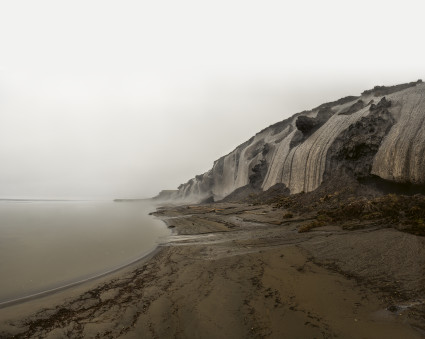
|
"Siberian Summer", Siberia 2019Becker's photographs, taken in the summer months, do not conform to the expectations and stereotypes of Siberia: inhospitable expanses of snow or Soviet-era exile and incarceration. Instead, there are photographs of permafrost cliffs, a close examination of the tundra and its scientific study, and a look at the social and architectural aspekts of Tiksi, including portraits of its people. A strong feeling of melancholia and pensiveness pervades the book. Becker's approach to this landscape is to examine it attentively and thoughtfully. |
|
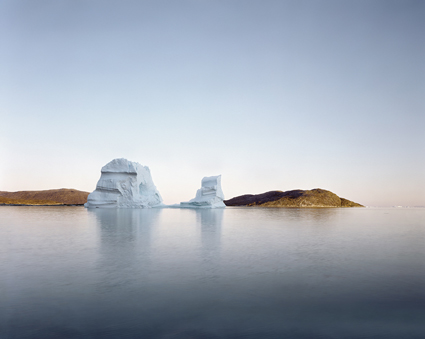
|
"Broken Line", Greenland, 2003-2006In this project, I focus on the coastal landscape and the glaciers of Greenland which have become the victim of significant changes caused by global warming. I covered 4000 km along the west coast of Greenland alone in a rubber raft in order to document these with a large format camera. Greenland's coasts are the first ones to experience changes as a result of global warming. The location of each photo was determined by precise GPS data. |
|
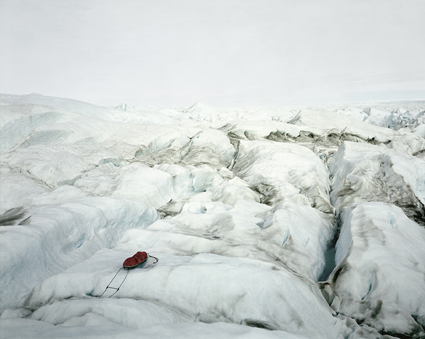
|
"Above Zero", Greenland, 2007-2008I show portraits of meltwater rivers that are increasingly appearing on the ice due to global warming. These were produced on two expeditions during which I traveled 450 km on foot in the melt zone of the Greenland Inland Ice with a companion. I accompanied and documented the work of climate researchers collecting data on climate changes and the layers of ice that are melting away on the Greenland Inland Ice with my large format camera. I was also able to visit the only place in Greenland where tourists can encounter the Inland Ice and find traces of climate change. This series depicts how nature reacts causally to climate change and how these developments are confronted by humans. |
|
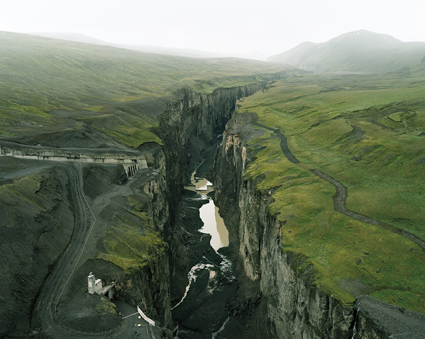
|
"Under the Nordic Light" - A Journey through TimeIsland 1999-2011. How does a landscape change within a period of 9 -12 years? I observe Areal Island with comparative photographs and individual pictures over a period of 12 years. What has changed, what has stayed the same? What traces become visible in a landscape within a specific period of time if humans intervene, or if they don't? Besides observing changes in landscape, the project also poses questions relating to our subjective perception of time. Our perception of time, which is limited by our senses, plays an important role in the wrong assessment of impending dangers. I show clear evidence of the changes in Iceland's landscape that have become visible due to the production of energy and global warming, as well as the financial crisis. At the same time, though, I also show what will happen to a landscape in a period of 10-12 years if man does not intervene. |
|
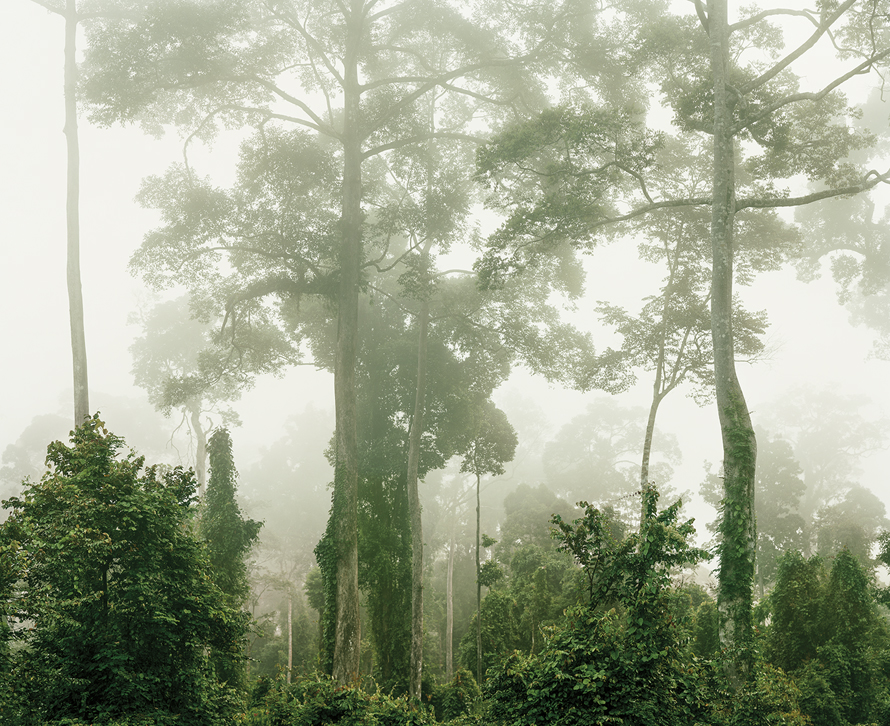
|
„Reading The Landscape“From 2008 till 2014 I worked on book titled Reading the Landscape, which discusses the worldwide deforestation of primary forests and the current rearrangement of our understanding of nature. Reading the Landscape shows three states of nature in the primary forests of Indonesia and Malaysia: intact nature, ravaged nature, and artificial nature. Altogether, the project documents a fatal ecological and economic process that has progressed beyond the point of reversibility. |
|
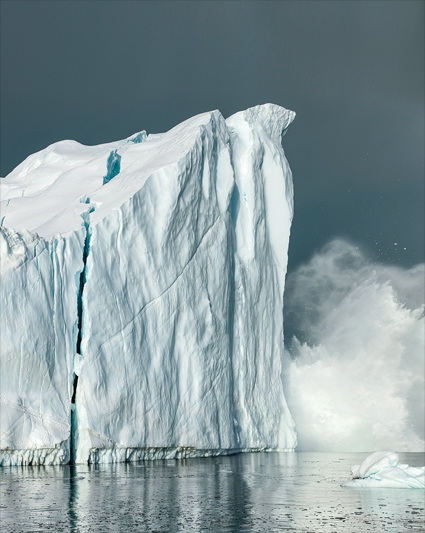
|
„Ilulissat – Sculptures of Change"Greenland’s ice sheet is melting. Regularly, like the ticking of a clock, huge, new icebergs from the edges of the glacier plunge into the ocean each day with a thunderous boom and a roar. Our planet breathes. The accelerated melting of the ice is nothing more than one of our Earth’s compensatory reactions. Everything is constantly in motion. Even landscapes are changing with breathtaking speed, if time is not measured on a human scale. For me, icebergs are swimming sculptures, witnesses to a global change that, drifting southward on the ocean, slowly dissolve into their mirror image. |
|
|
"On all of my travels to the remotest places on earth, either on my own or as a participant in scientific expeditions, I observe and document the man-made changes to landscape. As an eyewitness, I am worried by the consequence of our doings." |
||